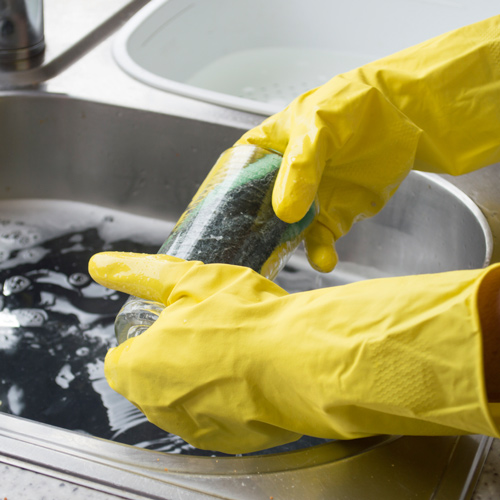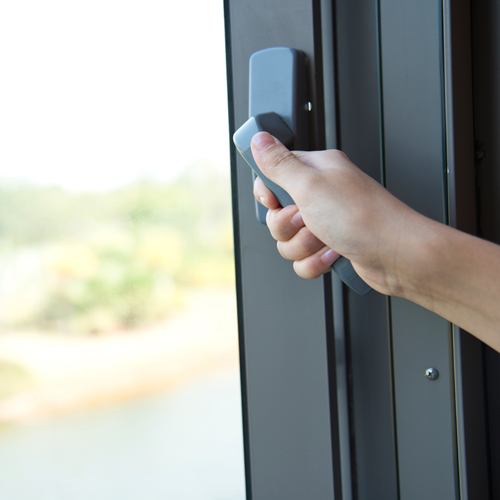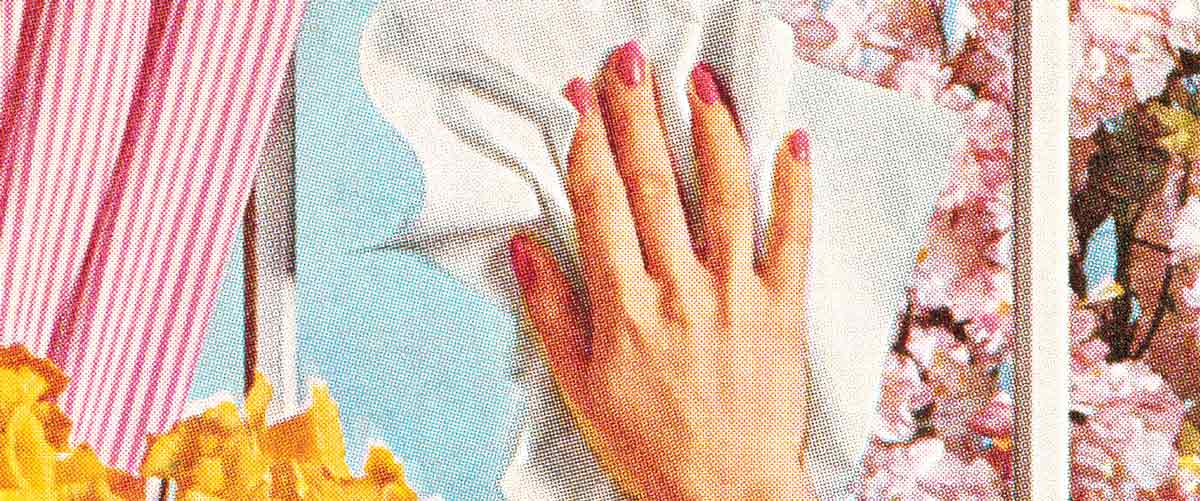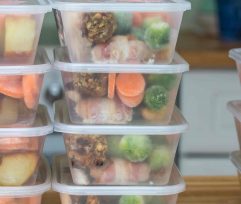Maybe we need to stop blaming our kids and co-workers for getting us sick, the culprit may be lying around our house and we don’t even realize it. Although we may wash our hands countless times a day, cover handles on public bathrooms, and wash off the grocery cart handle before walking into the supermarket, there are other places we should watch out for that are in the comfort of our own homes. Here are some places we should be on the lookout for that we might never think about.
1. Kitchen Sponges
 Yes, the very item that we use to get ride of stains, gunk, and filth is one of the dirtiest tools we use in our homes. Germs love to live in moist and warm places, which is why bacteria multiply so easily in sponges. A public health and safety organization called NSF International did a study on sponges and found bacteria containing salmonella, E.coli and some traces of coliform. Some ways to steer clear from these dirty sponges is to consistently replace them every two weeks, microwave them every day for two minutes, or replacing sponges with dish towels that you can wash every week.
Yes, the very item that we use to get ride of stains, gunk, and filth is one of the dirtiest tools we use in our homes. Germs love to live in moist and warm places, which is why bacteria multiply so easily in sponges. A public health and safety organization called NSF International did a study on sponges and found bacteria containing salmonella, E.coli and some traces of coliform. Some ways to steer clear from these dirty sponges is to consistently replace them every two weeks, microwave them every day for two minutes, or replacing sponges with dish towels that you can wash every week.
2. Toothbrush Holder
When placing your toothbrush back into its holder after brushing your teeth, the water from your brush drips into the holder as well as the residue on the brush, creating a great place for bacteria to grow. Try buying holders that are machine washable you can pop in the dishwasher once a week. If not wash your toothbrush holder once a week by hand with hot water, this will kill any bacteria living in the holder and getting onto your toothbrushes.
3. Carpets
Think about all the times food, drinks, or animals have left residue on your carpets. This can lead to salmonella contamination which is why you should never eat anything you dropped on your carpet. Carpets have also been associated with the increase risk of allergies, different illnesses, and asthma. Make sure you vacuum your carpets once or twice a week, and get your carpets deep cleaned once a month. The more you clean your carpets the less likely bacteria will be growing and infecting your home.
4. Cutting Boards
Always separate your cutting boards depending on what kinds of food you are using them for. Meats, fruits, and vegetables, should always be cut on separate boards. Mold, coliform, and yeast have all been found on cutting boards, which is why it is crucial to clean them properly after each use. Always put your cutting boards into the dishwasher after you use them, this is the most efficient way to get rid of any germs left behind on the boards after use.
5. Door Handles and Knobs
 Door handles and knobs are easily overlooked when cleaning the house. There are always family members and house guests touching your door handles, faucet handles, and stove knobs while in the house. Sanitize all door handles, faucets, and stove knobs once a week to prevent bacteria build up.
Door handles and knobs are easily overlooked when cleaning the house. There are always family members and house guests touching your door handles, faucet handles, and stove knobs while in the house. Sanitize all door handles, faucets, and stove knobs once a week to prevent bacteria build up.
6. Reusable Grocery Bags
Although it is better for the environment, and a great way to save money, reusable bags can contaminate your food if not washed properly. Sometimes we even use these bags for other things like clothes, and shoes without thinking about the germs left behind. Run your bags through the washing machine if they are made out of cloth, if not wash the bags with hot soapy water and hand dry before using them again.
7. Coffeemakers
Think about the dark, and moist areas of a coffeemaker that are prime for mold, mildew, and bacteria to grow. Once a month you can add four cups of undiluted vinegar to your coffee machine and let it sit for 30 minutes. Then run the vinegar through your machine and run two cycles of water until the odor is gone.
Next time you go to deep clean your home factor in all of these hidden spots. Make it your duty to clean these areas and see a positive and healthy difference to your lifestyle. This can help your kids, guests, and pets, feel healthier and decrease their chances of getting sick.





